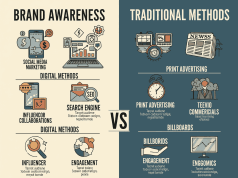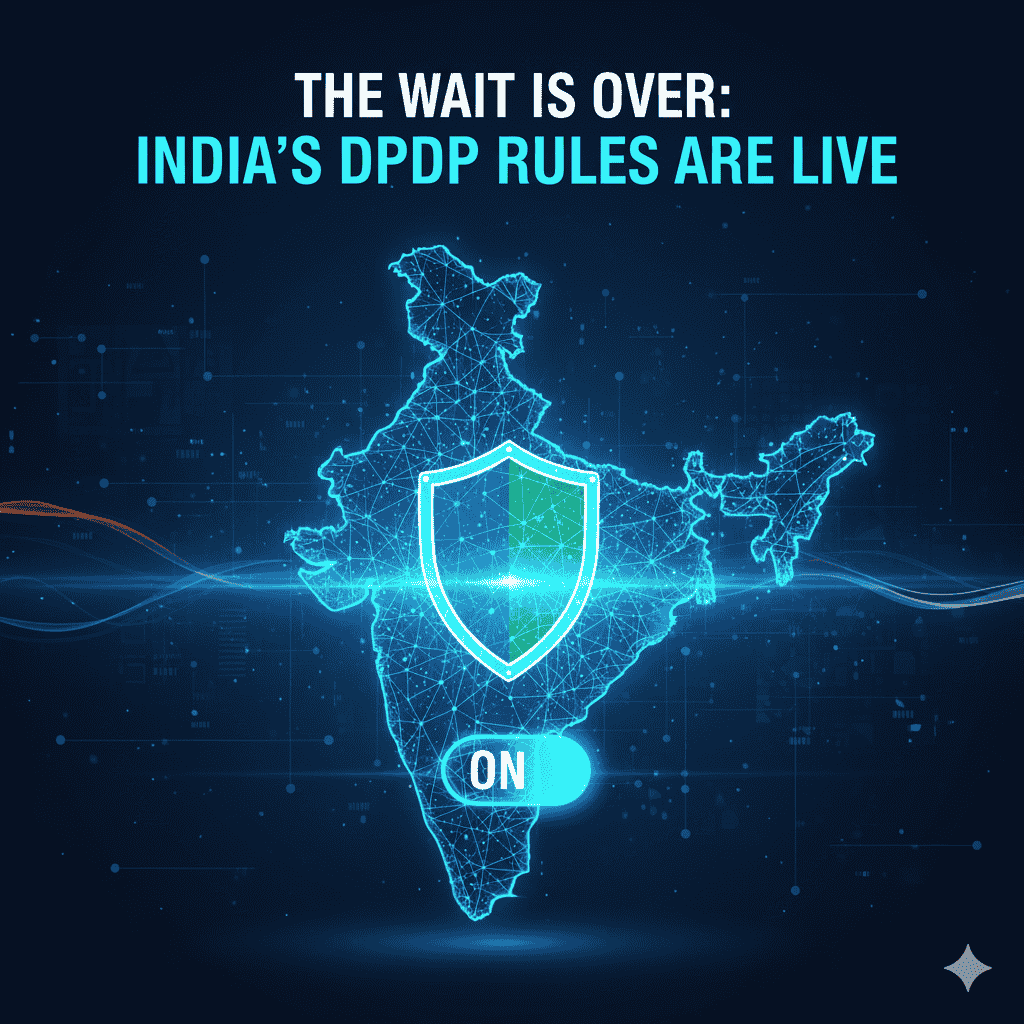In the last two decades, the landscape of advertising has undergone a seismic shift, catalyzed by the advent of the digital revolution. At the forefront of this transformation is social media, a powerful tool that has not only redefined how brands communicate with their audiences but has also restructured the entire advertising paradigm.
The Emergence of Social Media as a Marketing Powerhouse
The rise of platforms like Facebook, Instagram, Twitter, TikTok, and LinkedIn has provided brands with unparalleled access to vast audiences. With over 4.5 billion global social media users, the potential for reaching consumers has never been greater. This newfound accessibility has led companies to reassess and revamp their advertising strategies significantly.
Greater Engagement and Interaction
Traditionally, advertising was a one-way street: companies broadcasted messages, and consumers received them passively. Social media has flipped this model on its head, fostering two-way communication. Brands can now engage with consumers in real time, receive instant feedback, and even co-create products and campaigns with their audience.
This direct interaction allows companies to build genuine relationships with consumers, resulting in increased brand loyalty and trust. For example, brands like Nike and Starbucks often highlight customer stories on their platforms, showing that they value consumer input and experiences.
Targeted Advertising at Scale
One of the most significant advantages of social media advertising is the ability to target specific demographics. Platforms offer sophisticated algorithms and user data analytics, allowing brands to tailor their ads based on age, location, interests, and behaviors.
For instance, Facebook’s ad manager enables companies to create highly customized campaigns, ensuring that messages reach the right individuals at the right time. This precision not only enhances the efficiency of advertising budgets but also leads to higher conversion rates.
The Power of Influencer Marketing
Influencer marketing has become a cornerstone of social media advertising strategies. Brands collaborate with influencers—individuals with significant followings and niche expertise—to promote products in a more authentic manner. Unlike traditional endorsements, influencer partnerships often feel more organic and relatable to consumers.
Platforms like Instagram and TikTok are rife with influencer-led campaigns that leverage personal stories and genuine experiences rather than polished advertisements. This approach resonates with audiences, increasing the likelihood of engagement and purchase decisions.
Visual Storytelling and Creative Formats
The digital age has ushered in a new era of visual storytelling. The rise of video content, particularly short-form videos, has transformed how brands convey their messages. Social media platforms prioritize visual content, making it essential for brands to focus on creativity and engagement through this medium.
From eye-catching graphics on Instagram to engaging TikTok videos, brands that adopt dynamic storytelling techniques can capture audience attention more effectively. This shift has led to the rise of platforms dedicated to video content, further pushing brands to innovate in their advertising strategies.
Real-Time Analytics and Adaptive Strategies
The digital nature of social media allows for real-time performance tracking of advertising campaigns. Brands can analyze engagement metrics, conversion rates, and audience demographics almost instantly, enabling them to adjust their strategies on-the-fly.
This agility contrasts sharply with traditional advertising methods, where campaigns would often run for extended periods without the ability to pivot based on performance. Today, companies can refine their messaging, budget allocation, and targeting based on live data, maximizing their advertising impact.
Challenges and Considerations
While the advantages of social media advertising are clear, brands must also navigate challenges such as platform algorithm changes, increasing competition, and the need to maintain authenticity. The rapid pace of change in social media trends necessitates brands to stay agile and continuously innovate their strategies.
Moreover, with growing consumer awareness around privacy concerns, brands must prioritize transparency and responsible data use to maintain trust.
Conclusion
The digital revolution, powered by social media, has undeniably redefined advertising strategies. Companies that embrace this new landscape by prioritizing engagement, leveraging advanced targeting tools, collaborating with influencers, and investing in creative, visual storytelling are well-positioned to succeed. As technology continues to evolve, brands will need to remain adaptable and forward-thinking, ensuring they meet the ever-changing expectations of their audiences. The future of advertising is not just digital; it’s social, dynamic, and deeply interconnected.









